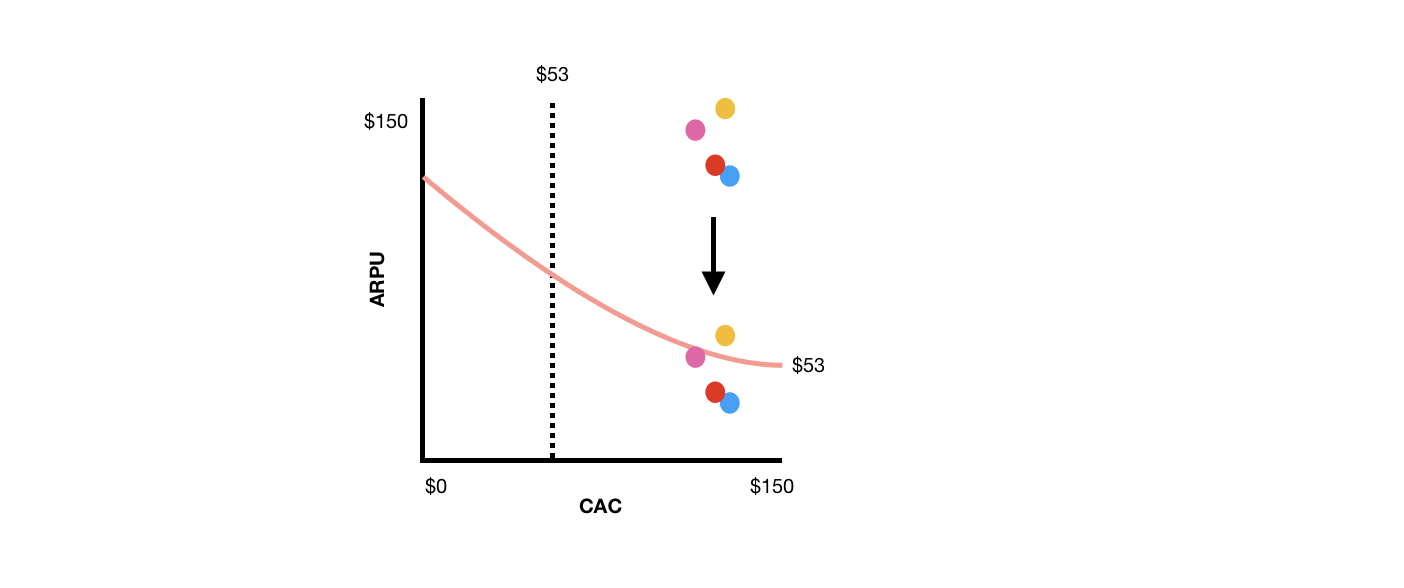They say pressure makes diamonds. I’d say that’s also true for recessions creating amazing startups. Airbnb, Uber and Groupon are great examples of companies that emerged during the recession in 2008.
How does one build, scale and navigate the headwinds of a recession, especially as consumer behavior changes dramatically? That’s without even going into the complexities of 2022, such as the degradation of ad targeting (due to Apple’s App Tracking Transparency program) and post-pandemic behavioral shifts.
But there is a path we can follow to strategize and execute during a recession — my Tripe R model: Re-forecast, re-prioritize and refine.
Re-forecast your models
If new channels and major experiments were in the picture, it’s probably best to shelve those for when the markets recover.
It’s no secret that average revenue per user (ARPU) is dropping at companies across the board. A prime example is the stock-trading platform, Robinhood, which reported an ARPU decline of 62% — that’s $53 compared to a high of $137 during the first quarter of 2021.
That’s a massive decline. If Robinhood was once comfortable acquiring users at $137 to break even, it would now be acquiring users at nearly three times the revenue it brings in.

A simulation of Robinhood’s CAC/ARPU by channel. Image Credits: Jonathan Martinez
In the chart above, ARPU drops from $137 to $53. More specifically, the colored bubbles represent channels and their CAC/ARPU relationships. Robinhood was acquiring users in the $130 CAC range and expecting ARPU of $137. The shift in these channels depicts how CAC remains constant while ARPU drops.

